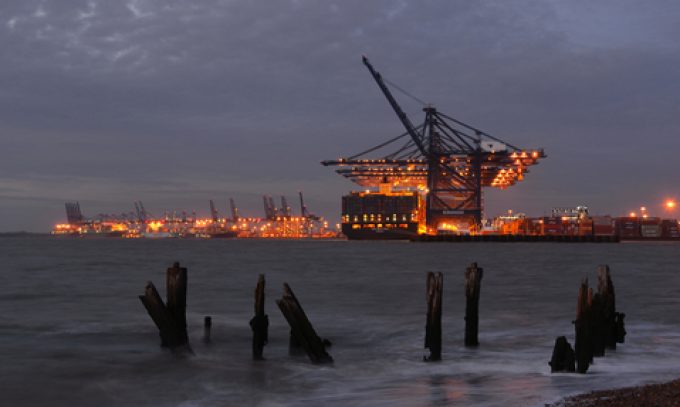Tighter EU import requirements proving 'a challenge' for forwarders
“Stricter Customs regulations” from the EU’s ICS2 will see “stricter enforcement”, Hapag-Lloyd has warned, and ...

Container shipping lines are looking for a hike in Asia-Europe spot freight rates, announcing a series of new prices from 1 May to ports in North Europe and west and east Mediterranean.
It follows a week in which spot rates on the Asia-North Europe and Asia-Mediterranean destinations resumed their gentle downward slide, according to the weekly price indices produced by Drewy and Xeneta.
The Shanghai-Rotterdam leg of Drewry’s World Container Index (WCI) recorded a spot rate of $2,989 per 40ft, down 2% ...
Volcanic disruption at Anchorage could hit transpacific airfreight operations
Shippers snap up airfreight capacity to US ahead of tariff deadline
New price hikes may slow ocean spot rate slide – but for how long?
Tighter EU import requirements proving 'a challenge' for forwarders
Supply chain delays expected after earthquake hits Myanmar
Forwarders stay cool as US 'liberation day' tariffs threaten 'global trade war'
Looming Trump tariffs will create 'a bureaucratic monster' for Customs

Comment on this article